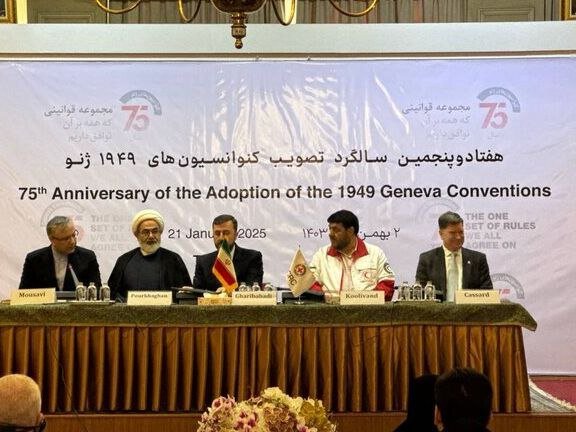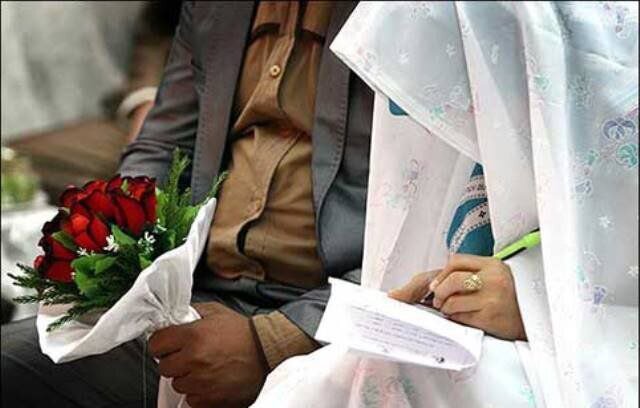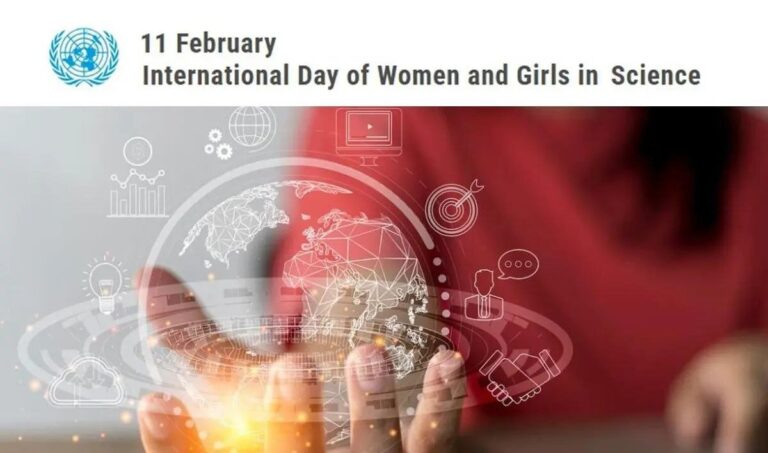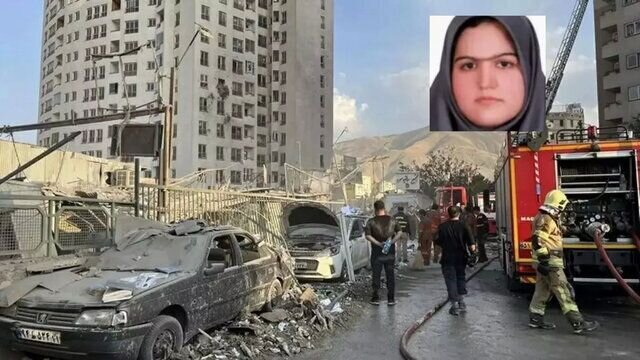
Similar Posts

Celebrating 75 Years of the Geneva Conventions: A Milestone in Humanitarian Law
The 75th anniversary of the Geneva Conventions was commemorated by the ICRC office in Iran, highlighting the significance of international humanitarian law (IHL) in protecting human rights during armed conflicts. Key figures, including Iranian officials and ICRC representatives, reflected on the conventions’ achievements and challenges since their adoption in 1949. Discussions focused on the importance of adherence to the conventions, the prohibition of war crimes, and cooperation between the ICRC and the Iranian Red Crescent Society (IRCS) in areas like rehabilitation and family reunification. The event emphasized the need for continued commitment to IHL to safeguard individuals in conflict zones.

Autumn’s Love Trend: Marriages Outpace Divorces by 2.3 Times!
Recent data from Iran’s Civil Registration Organization reveals changing marriage and divorce rates, highlighting shifts in family dynamics. In autumn, there were 118,450 marriages, a rise from summer but a decline from autumn 2023’s 132,141. Divorces dropped to 49,738, down 4,439 from the previous year, indicating changing societal attitudes. The youth population law has stabilized the fertility rate at approximately 1.6 children per woman after a significant decline. Although the law has encouraged larger families, challenges in youth population growth remain. Ongoing government efforts will be crucial in shaping future family structures in Iran.

Empowering Women in STEM: Boosting Participation in Science, Technology, Engineering, and Mathematics
The International Day of Women and Girls in Science, celebrated on February 11, highlights the ongoing gender gap in STEM fields despite progress. The 2025 anniversary theme is ‘Unpacking STEM careers: Her Voice in Science’. In Iran, women’s status has improved significantly post-Islamic Revolution, with rising literacy and representation in various sectors, including leadership roles. Iranian women now constitute about 60% of university students and contribute over 24% of national inventions. However, only 12% of startups are founded by women. Recent accolades for Iranian women in international competitions further emphasize their growing influence in science and entrepreneurship.

Staggering 980,000 Births Registered in a Single Year: A Remarkable Milestone!
The Civil Registration Organization of Iran reported 979,923 births registered from March 2024 to March 2025, with Tehran province leading at 120,562 births and Ilam province having the lowest at 6,534. The average age of first-time mothers was 27.5 years, while fathers averaged 32.3 years, showing urban-rural discrepancies. Urban mothers averaged 28.2 years and fathers 32.8 years, compared to rural mothers at 24.4 years and fathers at 30 years. Officials stress the need to raise the fertility rate from 1.66 to 2.5 to address the aging population, advocating for youth-focused national programs and modern infertility treatments.

Post-Islamic Revolution: A Surge in Scientific Innovation and Production
Iran has experienced significant growth in scientific production since the 1979 Islamic Revolution, rising from 50th globally in 1980 to 17th in 2024. The country now ranks second in scientific output among Islamic nations. Despite facing challenges like sanctions, Iran aims to improve its ranking to 12th by 2027. The number of scientific publications surged from 284 in 1980 to 75,928 in 2024. Additionally, scientific associations have grown by 22.9% since 2014, fostering knowledge production and enhancing collaboration among scholars. These developments reflect Iran’s commitment to advancing its scientific capabilities and retaining talent.
